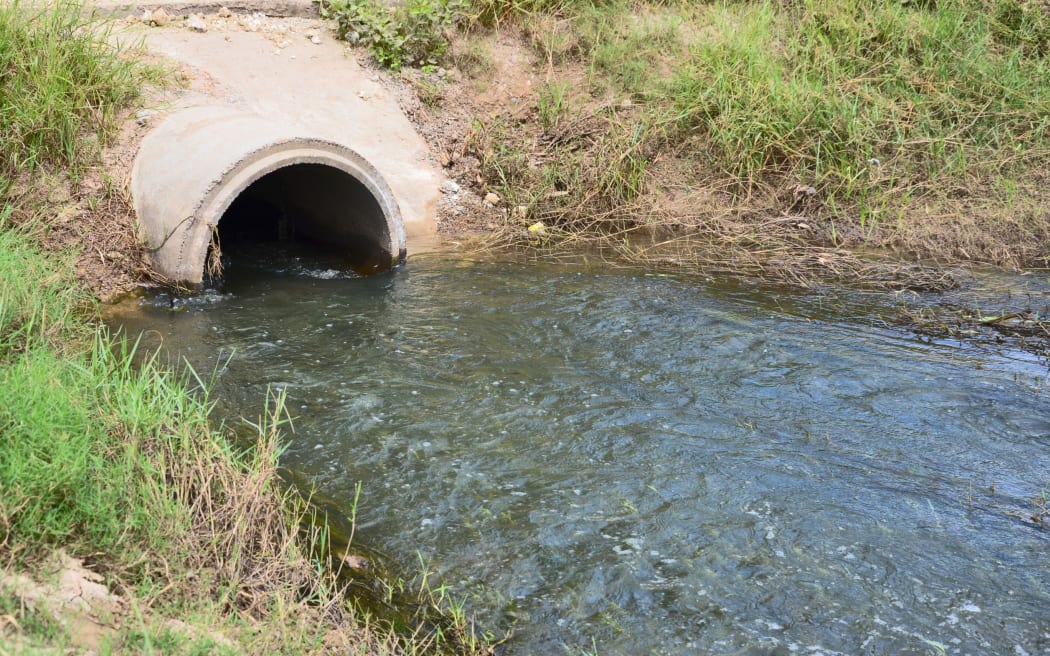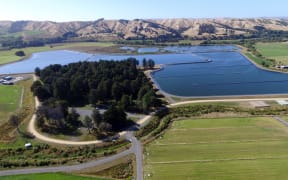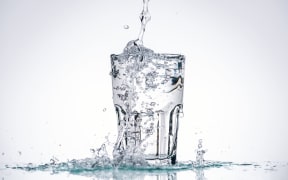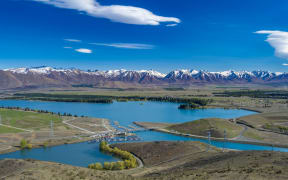
The risk of groundwater wells becoming contaminated can be minimised by ensuring the well casing is elevated above stormwater and flood levels. Photo: 123RF
About half the groundwater wells across the country monitored long-term are contaminated with E. coli, which can cause stomach upsets.
The agency Land, Air, Water Aotearoa, or LAWA, has released its latest findings.
E. coli levels, and those of nitrates, exceeded drinking water standards at a minority of wells, it said.
Not all the wells were used for drinking water, and overall most groundwater was "very good quality".
The report drew on data and information from about 1000 wells, with E.coli detection figures taken from the 519 sites where enough data had been gathered to "calculate a state value for every year between 2013 and 2022".
"The state for any given year is a median value based on available data over the previous five years, except for E. coli where we report on whether E. coli has been detected at all over the previous five years," it said.
E coli contamination nationwide is a little higher than it was 10 years ago, while nitrates are about steady.
Sampling showed a rising level of dissolved salt concentrations across the country, though the reason was not clear.
E. coli detections signalled potential faecal contamination, so anyone who used a well for drinking water should keep a check on it, said LAWA groundwater science lead, and Environment Canterbury science manager, Carl Hanson, in a statement.
"It's important to monitor the quality of groundwater because it is widely used to sustain people, production, and is a key part of the water cycle contributing to surface water."
In 2013, E. coli had been detected in 46 percent of long-term monitored wells over the previous five years. By 2020, that had risen to 55 percent, and by last year dropped to 52 percent.
"There is little pattern to where E. coli has been detected," the study said.
"In many cases, wells are contaminated by water at the land surface flowing directly into the well."
The risk could be minimised by:
- Fencing off the area immediately around the well
- Having a well casing elevated above stormwater and flood levels
- Securing the top of the well and any hoses






